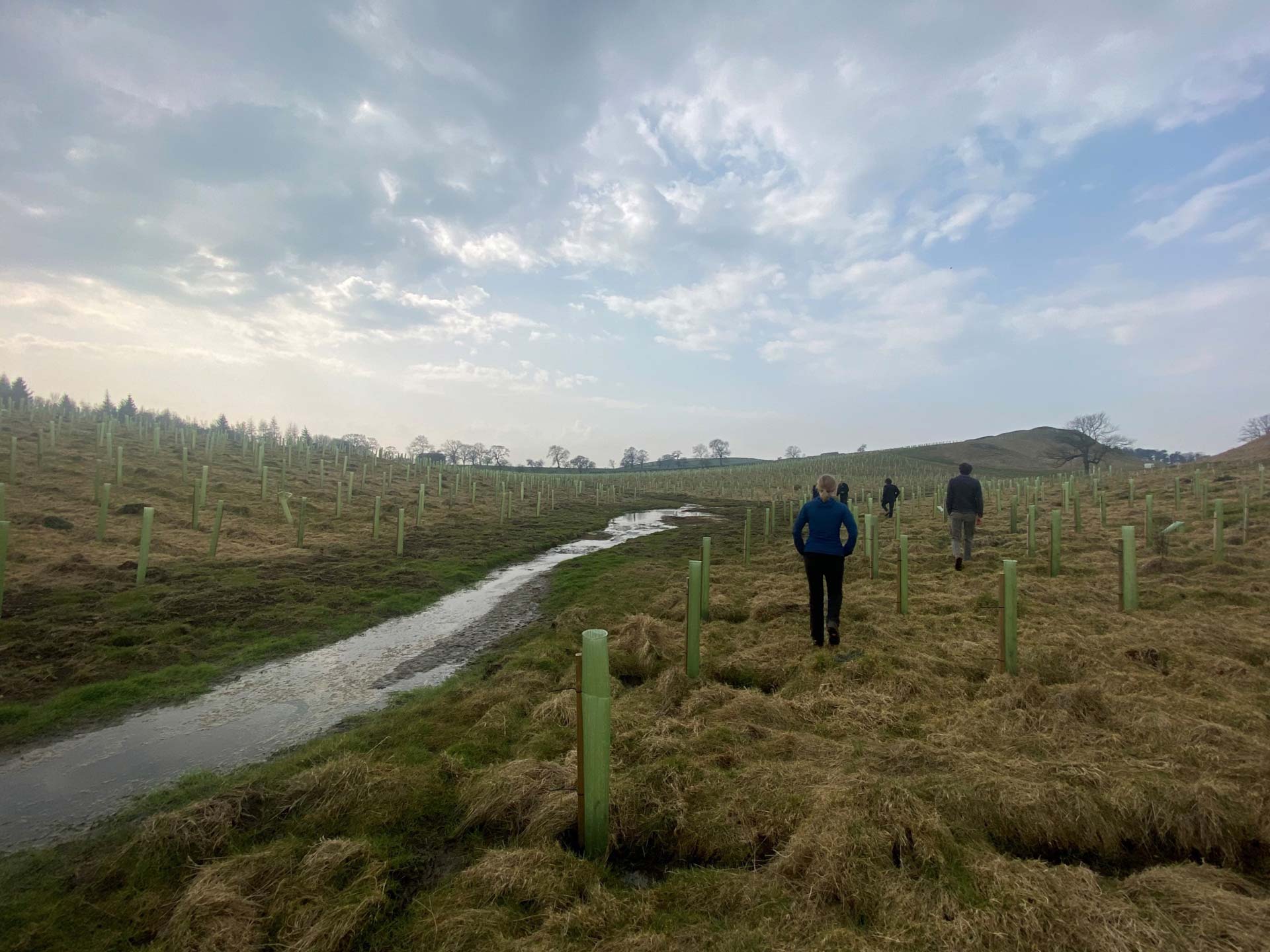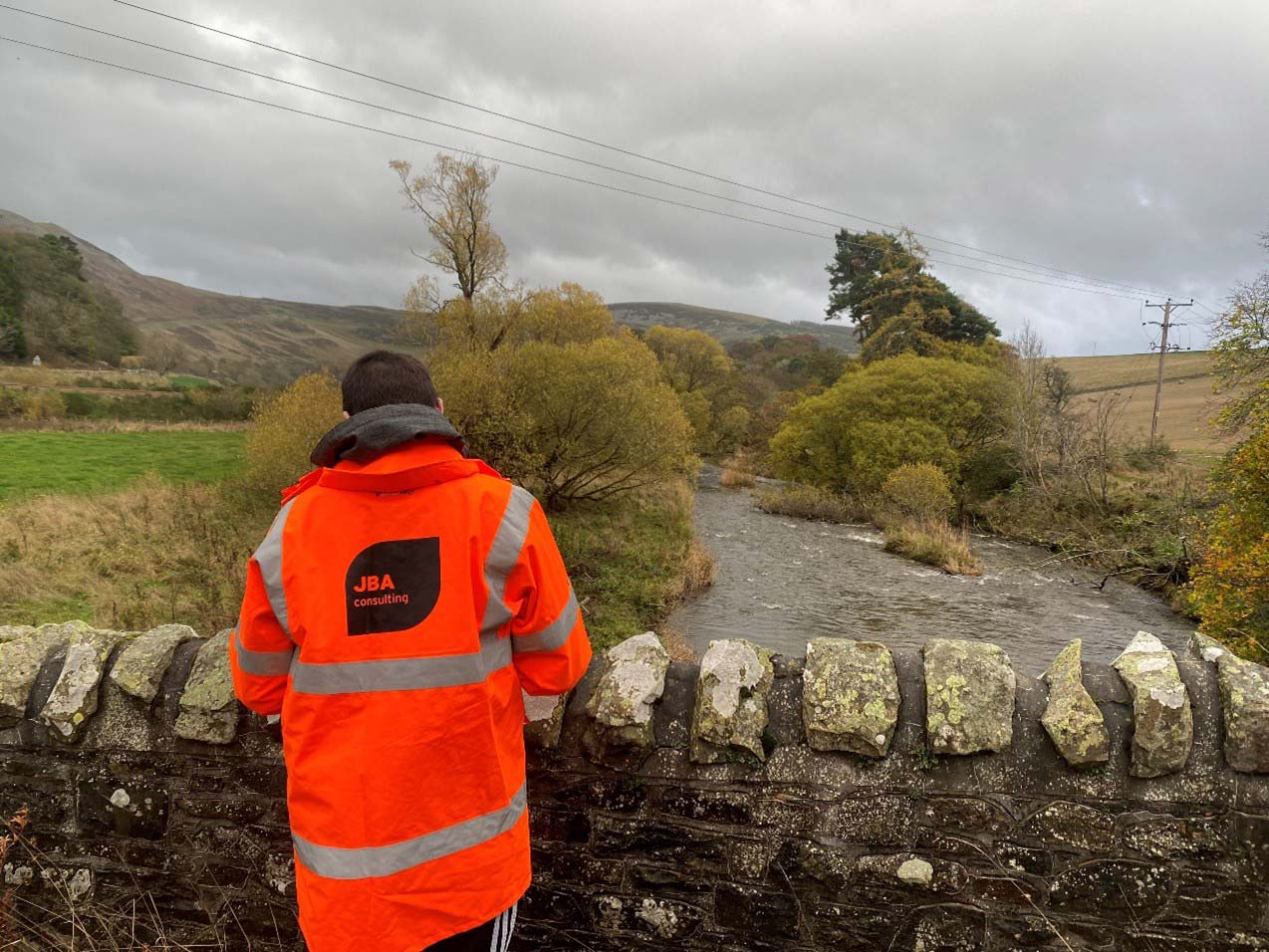
Creating a better future for the River Culm
In partnership with Devon County Council (Blackdown Hills Area of Outstanding Natural Beauty), ‘Connecting the Culm’ is a catchment management project exploring how nature based solutions (NBS) can increase resilience to floods and droughts specifically targeting communities and infrastructure at risk within the River Culm catchment, whilst also delivering multiple environmental and societal benefits.
- Client Devon County Council
- Location River Culm, East Devon
- Services
Potential Areas for Improved Resilience (PAIRs)
An adapted fluvial audit of the River Culm was completed in 2019, with the aim to provide a detailed baseline of how the catchment functions geomorphologically which can assist in developing a suite of NBS. Many pressures have been identified throughout the catchment, linked to both historical legacy and contemporary practices. These pressures ultimately impact upon the ability of the catchment to function effectively in terms of flood risk. Three groups of NBS called Potential Areas for Improved Resilience (PAIRs) were created to target improvements based off the fluvial audit, workshops and expert feedback.
Understanding the economic value of NFM
Outputs from a 2D JFlow® flood model was used to determine the economic value of NBS implemented across the catchment. This was vital to show that using NBS in the catchment could reduce the time that the Great Western Railway (Bristol to Exeter line) is flooded and closed to rail traffic, potentially allowing for an annual average benefit of £96k, or £2.9m over a 100-year appraisal saving for Network Rail in delays and repayments.
The same model was also used to understand whether the council could apply for Environment Agency Flood Grant in Aid (GiA) funding to reduce flooding using NBS upstream of small communities across the catchment. The results show that the environmental and societal benefits are much higher than the flood reduction benefits. However, the scheme could be achievable without claiming any environmental benefits in the OM1. Recently the team has led the development of an Outline Business Case for NBS implementation following the economics appraisal undertaken as part of the project.

Developments and engagements
The project has sought to get away from the traditional PDF maps supplied as appendices at the end of lengthy reports.
We assisted with stakeholder engagement events and designed an interactive website for the co-creation of solutions where users can see model outputs, results of the survey and add spatial data and comments. We also further developed the engagement with the design of a YouTube animation of the results.

You can find out more about our specialists in catchment management and river restoration here or to contact the Catchment Restoration and Resilience team, click here.

